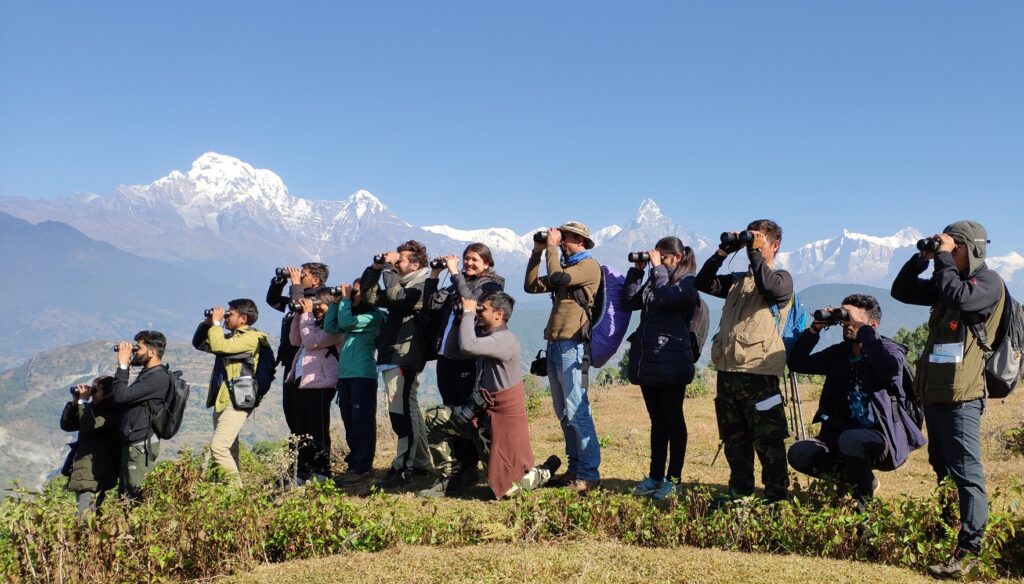Protecting the underrepresented
Although rather small in size, Nepal is home to an outstanding diversity of plants, animals and ecosystems in a remarkable physical setting. The altitude varies between 60 m ASL in the subtropical Terai Arc to Mount Everest at 8849 metres. Within this range and diverse habitats, Nepal hosts almost 12,000 different species of flora, iconic animals such as the snow leopard, clouded leopard, bengal tiger, one-horned rhino, asian elephant, red panda and the pangolin. But what about those species and areas which don’t make the spotlight? Friends of Nature Nepal, a small team of passionate conservationists has been venturing into uncharted territories, rediscovering long-unrecorded species and stands up for the protection of many underrepresented or neglected species.
Protecting the underrepresented Read More »










